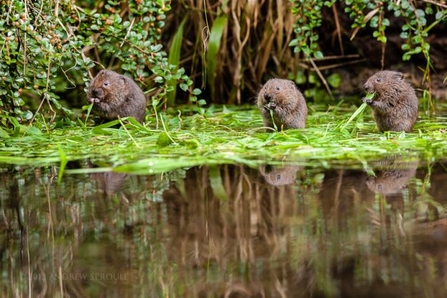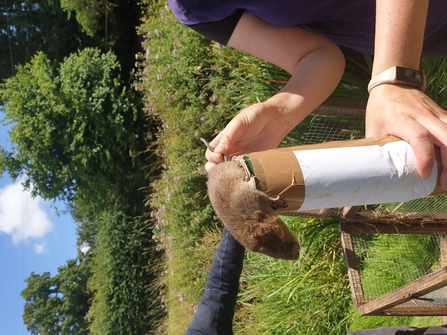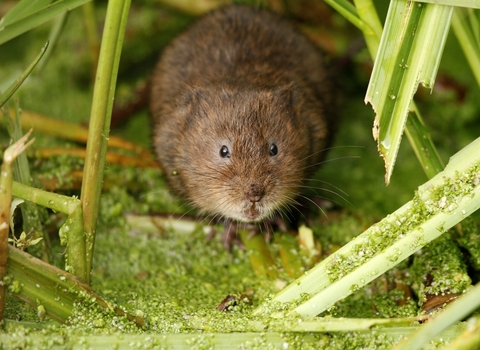Water voles, like almost all our other declining species, are being lost as a result of human actions. Habitat loss, water pollution and predation by invasive non-native American mink have pushed this endearing river resident to the brink of extinction across the UK.
Water voles are mini ecosystem engineers and their return will see, in part, the restoration of natural processes to rivers. Water voles keep river banks in good condition and are a vital part of the animal food chain.
At Herts and Middlesex Wildlife Trust, we want to see water voles thriving in every river across the county. To achieve this goal, we need to execute numerous reintroductions of the species.




